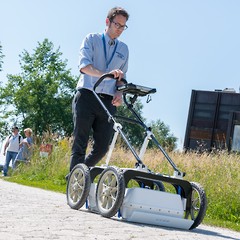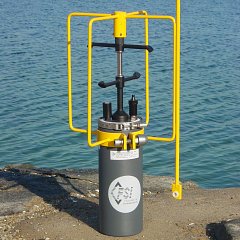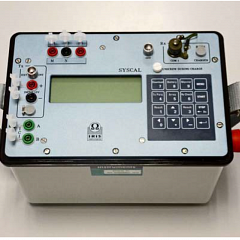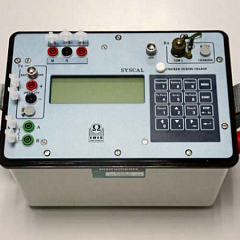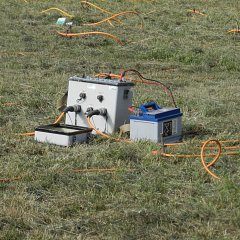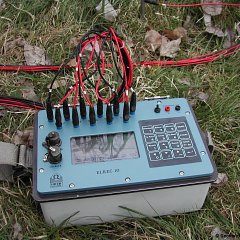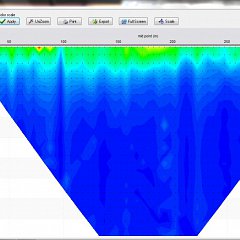RES2DINV & RES3DINV
from Geotomo
Resistivity measurements rely on expanding the electrode separation in order to achieve ever deeper measurements, leading to a larger volume of the subsurface material being sampled for each successive depth level. As a result the each resistivity measurement represents the bulk resistive properties of the ground- referred to as the Apparent Resistivity. The recorded Apparent Resistivity is represented as a point measurement in the dataset. In order to interpret variations in the electrical properties, and create a ground modal, it is necessary to mathematically calculate the subsurface conditions required to produce an equivalent dataset to the one recorded by the instrument- this is called inversion.
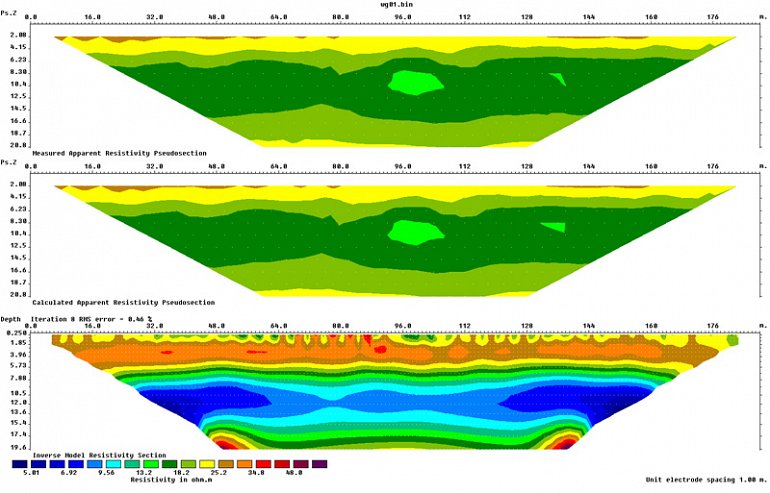
RES2DINV is one of the most common inversions packages for calculating 2D Resistivity and Chargeability models. The software package is fully automated and advises the user on what modal and inversion parameters are applicable for the dataset, or how parameters should be adjusted.
A least-squares routine is used to perform the inversion and RES2DINV permits the user to adjust the style of the inversion routine as well as key parameters like the dampening factor.
RES3DINV is capable of inverting 3D apparent resistivity volumes measured using a regular grid of surface electrodes and is a powerful tool for resoling complex buried structures.
The software has a number of features for optimising the least-squares routine for faster completion on large datasets.
Features
- Finite element and Finite Difference models.
- Optimised damping factor.
- Optimised Qusi-Newton least-squares method (for large datasets).
- Borehole, floating and underwater electrode arrays are also supported.
Packages
Res2DInv, unlimited 2D inversion.
Basic – Limited to utilizing 8 GB RAM and 1.6 million modelling grid nodes.
Professional – Can utilize up to 256 GB RAM. Supports time-lapse inversion. Vector Array Inversion, Volume Of Investigation, Sectioned Inversion
Technical Specifications
| RAM Memory: | Minimum 1Gb |
|---|---|
| Operating System (OS): | Windows XP-10 (32 & 64bit) |
| Processor: | Optimised for Multi-Core Processors |


